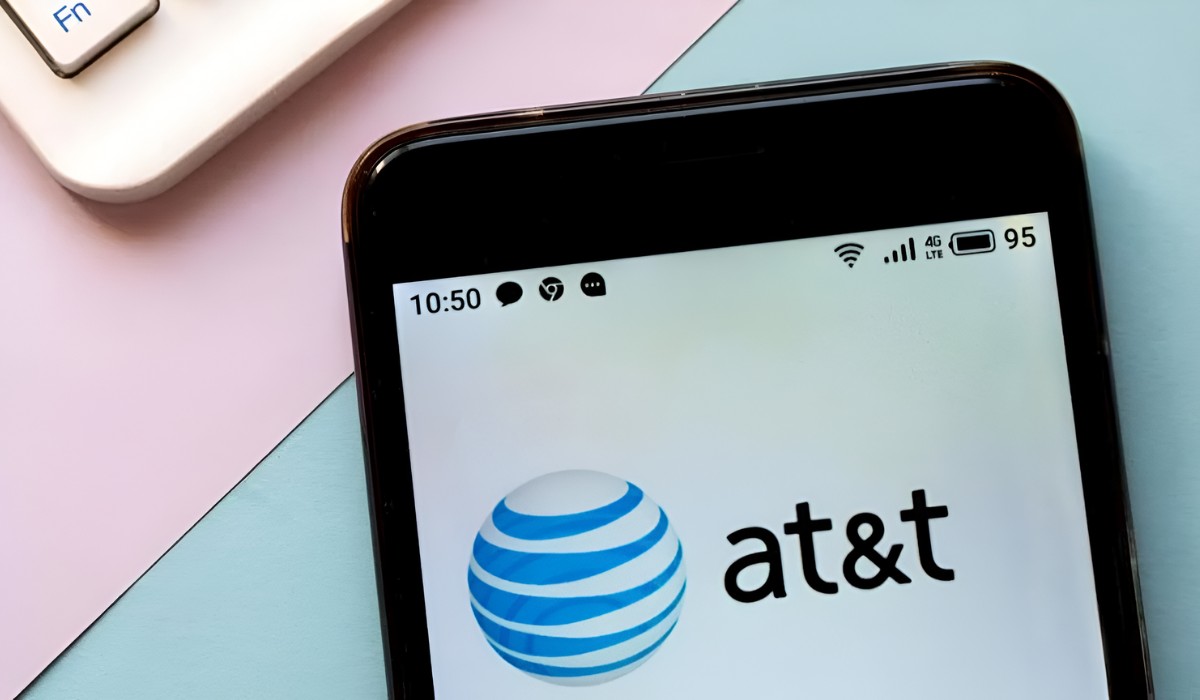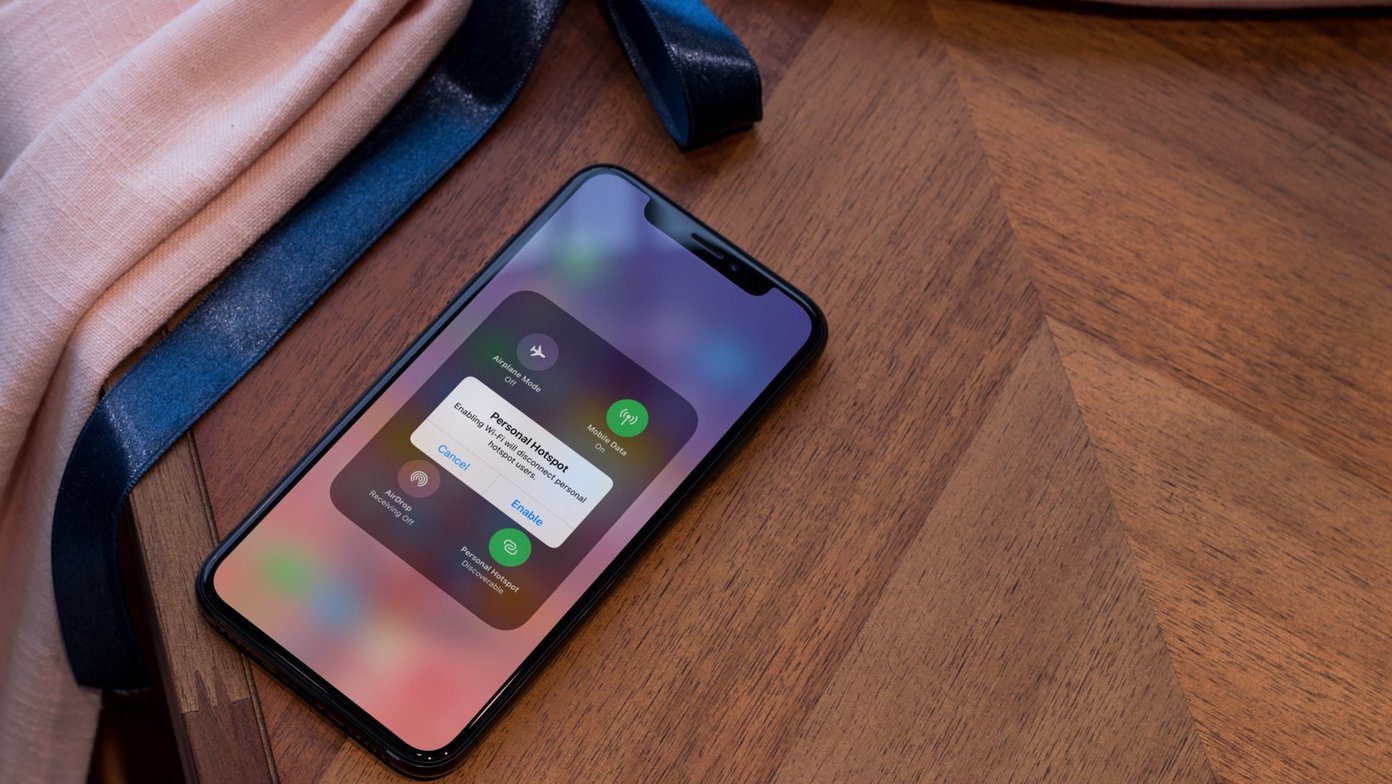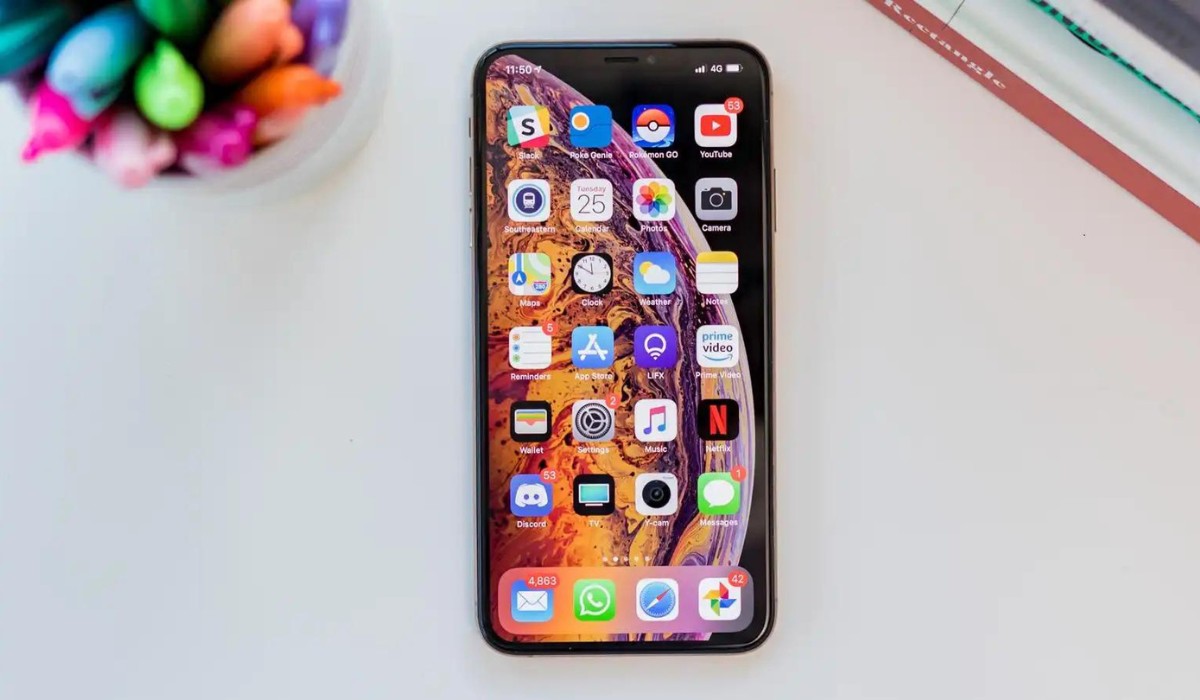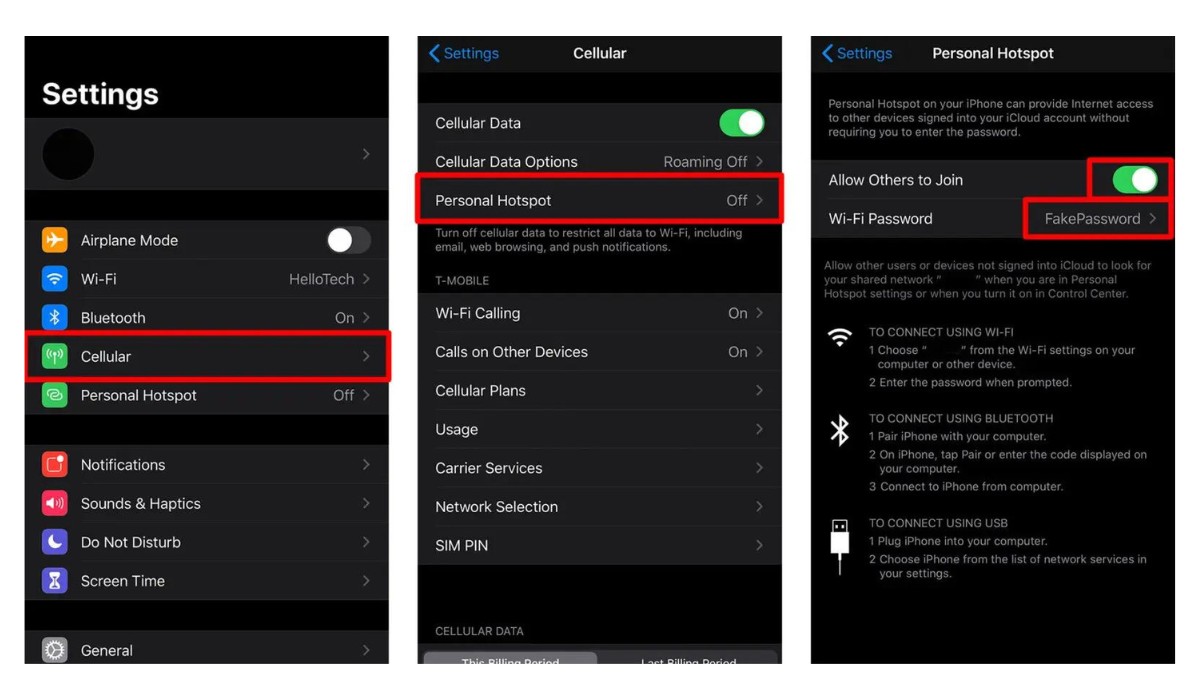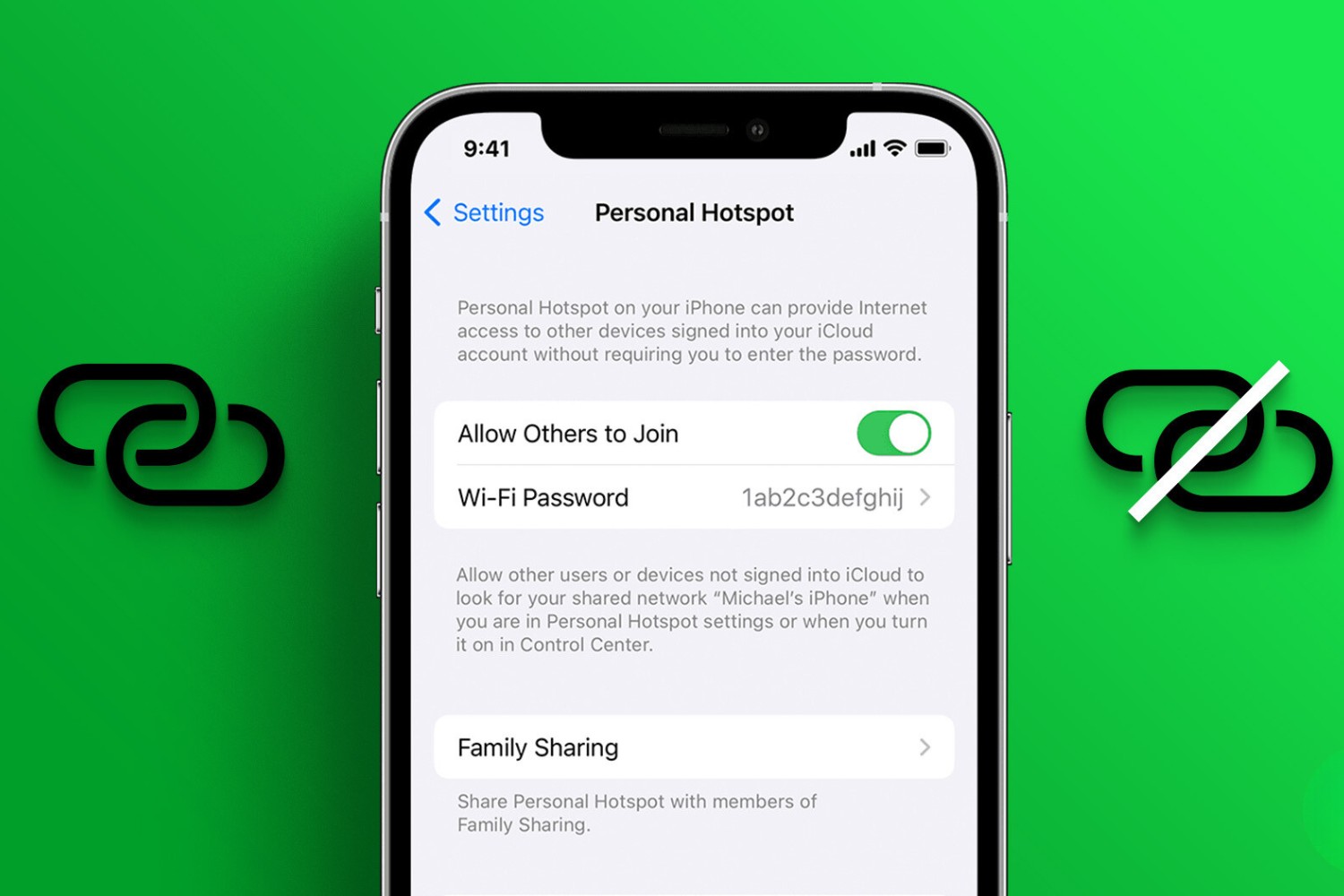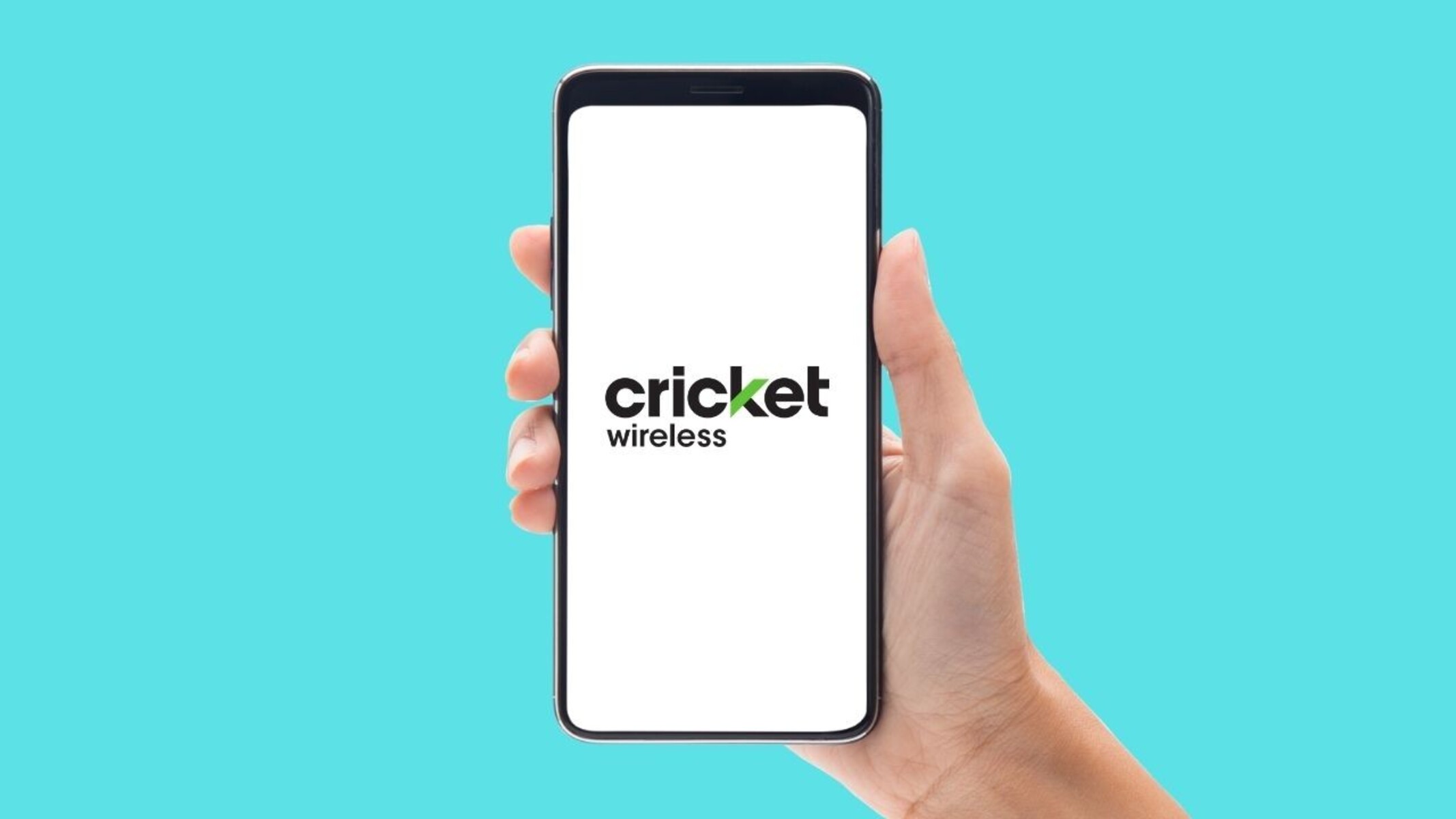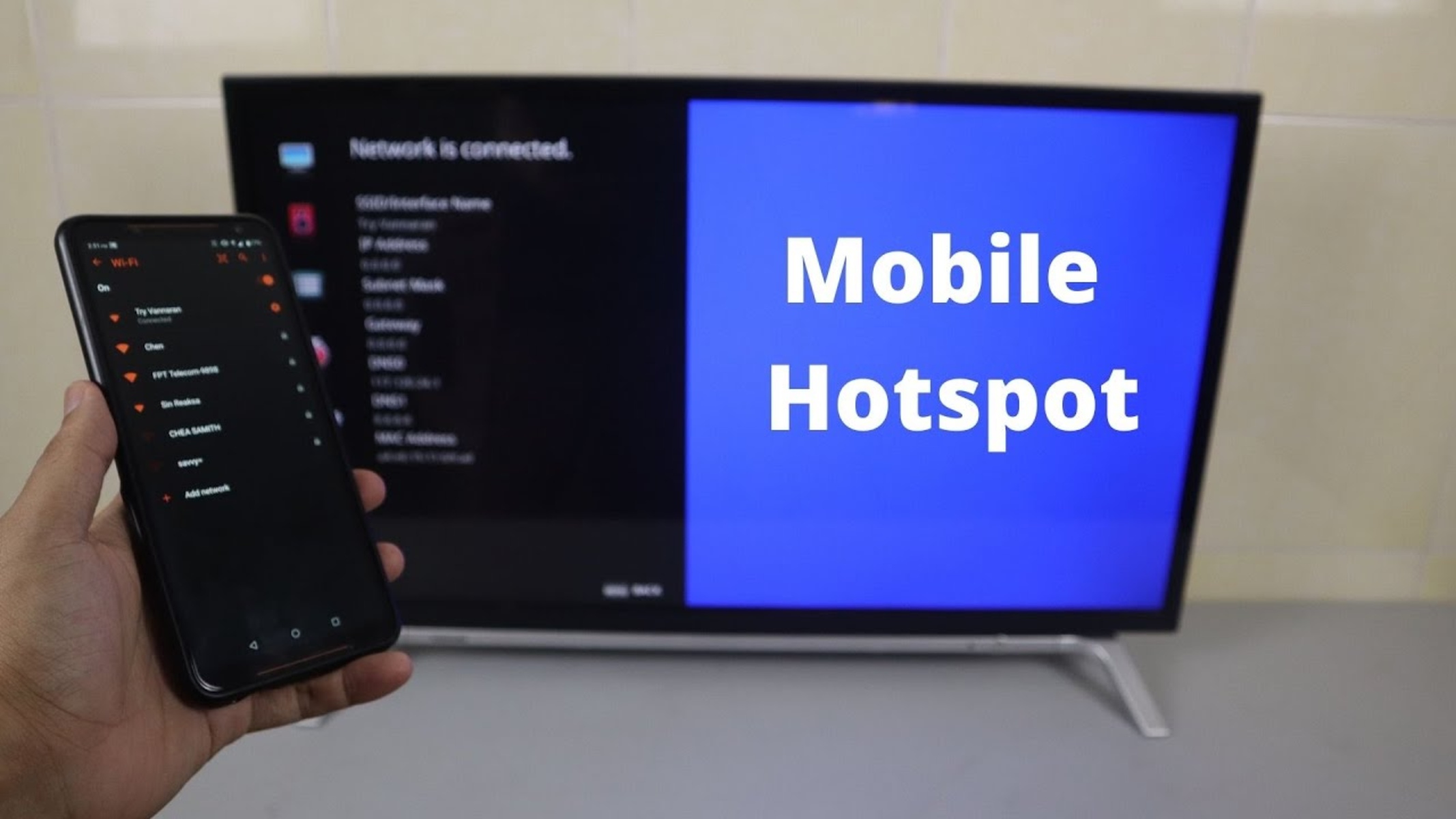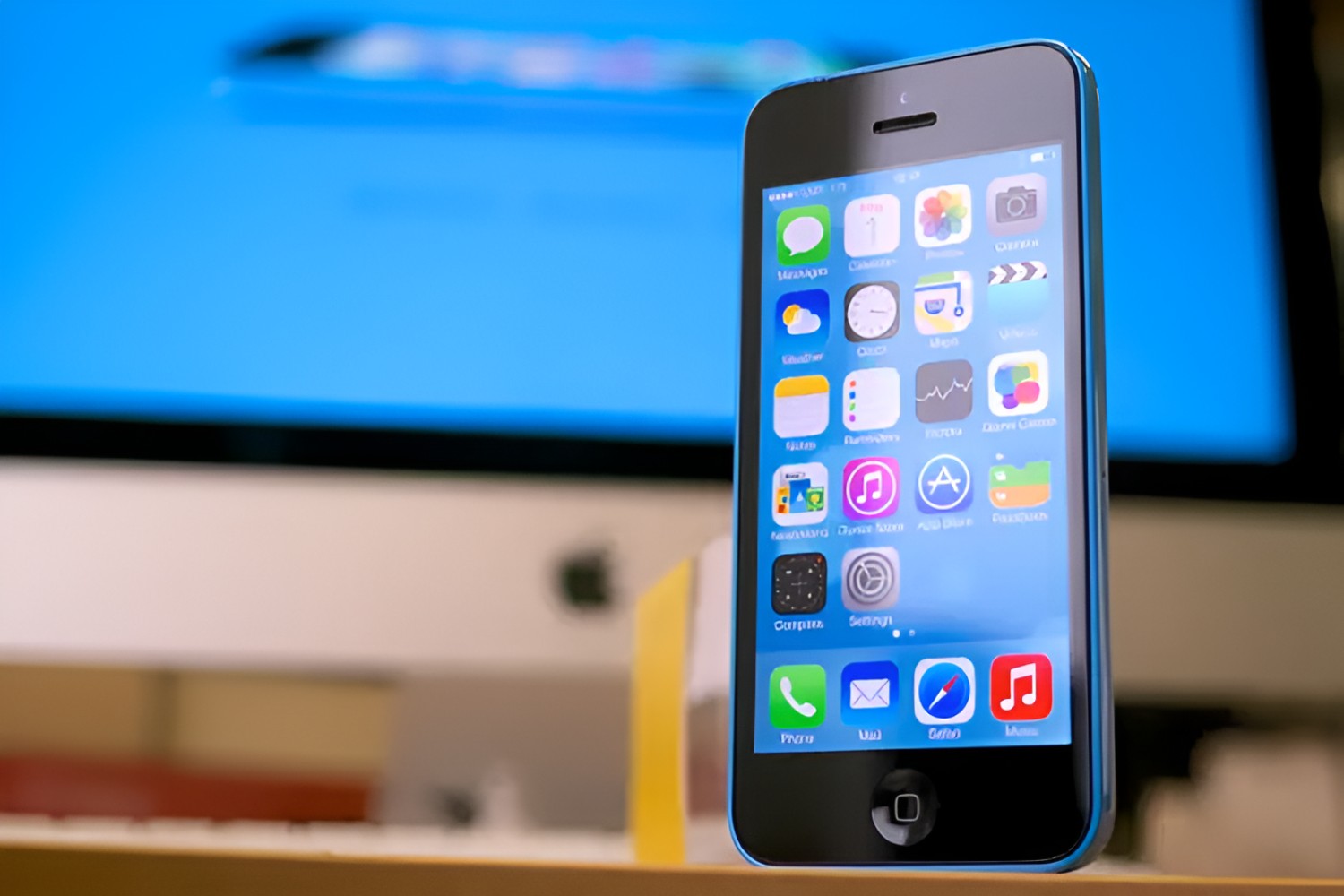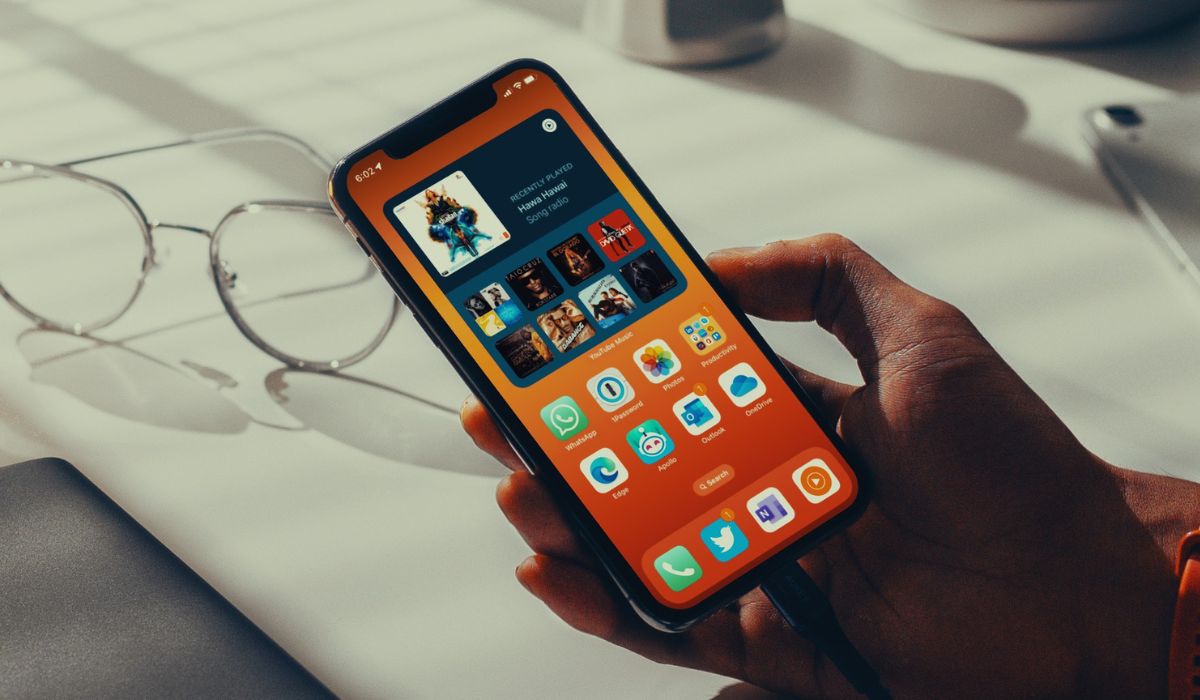Introduction
In today's fast-paced world, staying connected is a necessity. Whether it's for work, leisure, or emergencies, having access to the internet on the go is crucial. Fortunately, with AT&T, you can easily turn your smartphone into a mobile hotspot, allowing you to share your internet connection with other devices such as laptops, tablets, or other smartphones.
By setting up your phone as a hotspot, you can enjoy the convenience of accessing the internet from multiple devices, even in locations where Wi-Fi may not be readily available. This feature is particularly useful for individuals who are constantly on the move or find themselves in areas with limited connectivity options.
In this user guide, we will walk you through the process of transforming your AT&T smartphone into a hotspot. Whether you're a seasoned tech enthusiast or a novice user, this comprehensive guide will provide you with the necessary steps to get your hotspot up and running. Additionally, we'll cover potential troubleshooting tips to help you address any unexpected issues that may arise during the setup process.
So, if you're ready to harness the full potential of your AT&T smartphone and unlock the power of mobile connectivity, let's dive into the requirements and steps needed to make your phone a hotspot.
Requirements
Before you embark on the journey of turning your AT&T smartphone into a hotspot, it's essential to ensure that you meet the necessary requirements for a seamless setup process. Here's what you'll need:
-
AT&T Mobile Plan: To utilize the hotspot feature, you must have an active AT&T mobile plan that includes mobile hotspot capabilities. It's important to verify that your plan supports this functionality to avoid any potential limitations or additional charges.
-
Compatible Device: Ensure that you have a compatible smartphone that is provisioned for mobile hotspot usage. Most modern smartphones offered by AT&T are capable of serving as a hotspot, but it's advisable to check your device's specifications or consult with AT&T customer support to confirm its compatibility.
-
Data Allowance: Verify that your AT&T mobile plan includes an adequate data allowance to accommodate the additional data usage generated by the devices connected to your hotspot. Depending on your plan, there may be specific limitations or speed reductions once you exceed your data allowance, so it's crucial to be aware of your plan's details.
-
Device Settings Access: Familiarize yourself with the settings and features of your smartphone. Access to the device's settings menu is necessary to enable the hotspot feature and configure its parameters, such as network name (SSID) and password.
-
Device Battery Life: Since using your smartphone as a hotspot consumes its battery, it's advisable to ensure that your device is adequately charged or connected to a power source during extended hotspot usage. This will prevent any interruptions due to a depleted battery.
-
Understanding of Hotspot Security: It's important to have a basic understanding of hotspot security measures. You'll need to set a strong password for your hotspot to prevent unauthorized access and protect your data from potential security risks.
By ensuring that you have met these requirements, you'll be well-prepared to proceed with the steps to make your AT&T smartphone a reliable mobile hotspot. With these essentials in place, you can confidently leverage your smartphone's connectivity to stay productive and connected wherever you go.
Steps to Make Phone a Hotspot
-
Check Mobile Plan: Begin by ensuring that your AT&T mobile plan includes the mobile hotspot feature. Access your account details through the AT&T mobile app or website to verify your plan's features and add the hotspot feature if necessary.
-
Access Hotspot Settings: On your AT&T smartphone, navigate to the settings menu. Look for the "Network & Internet" or "Connections" section, where you should find the "Mobile Hotspot and Tethering" option. Tap on this to access the hotspot settings.
-
Enable Hotspot: Within the hotspot settings, toggle the switch to enable the mobile hotspot feature. You may be prompted to review and accept the terms and conditions associated with using the hotspot feature.
-
Configure Hotspot Settings: Once the hotspot is enabled, you can customize its settings. You can set the network name (SSID) to identify your hotspot and create a secure password to control access. It's recommended to use a strong password to prevent unauthorized usage.
-
Connect Devices: After configuring the hotspot settings, other devices can connect to your smartphone's hotspot. On the device you wish to connect, access the Wi-Fi settings and look for your smartphone's network name (SSID). Enter the password you set earlier to establish the connection.
-
Monitor Hotspot Usage: Keep an eye on your hotspot usage to ensure that it aligns with your data plan. You can monitor the number of connected devices, data usage, and adjust settings as needed to manage your hotspot effectively.
-
Disable Hotspot: When you no longer need to use your smartphone as a hotspot, remember to disable the feature to conserve battery and data. Simply return to the hotspot settings and toggle the switch to turn off the hotspot.
By following these steps, you can seamlessly transform your AT&T smartphone into a mobile hotspot, providing convenient internet access to your other devices. Whether you're working remotely, traveling, or simply need a backup internet option, having a reliable hotspot at your fingertips can enhance your connectivity and productivity.
Troubleshooting
Setting up your AT&T smartphone as a hotspot is generally straightforward, but you may encounter occasional issues that can disrupt the functionality of the hotspot feature. Here are some troubleshooting tips to address common issues and ensure a smooth hotspot experience:
-
No Internet Connection: If devices connected to your hotspot are unable to access the internet, start by checking your smartphone's data connection. Ensure that your AT&T mobile data is enabled and functioning properly. If the issue persists, try restarting your smartphone to refresh the network connection.
-
Intermittent Connection: If the hotspot connection is unstable or frequently disconnects, consider the proximity of connected devices to your smartphone. Interference from physical obstacles or other electronic devices can impact the signal strength. Reposition your smartphone and the connected devices to optimize connectivity.
-
Slow Hotspot Speed: If you notice sluggish internet speeds when using the hotspot, verify that your AT&T data plan hasn't reached its data cap. Additionally, if multiple devices are connected to the hotspot, the overall speed may be affected. Limit the number of connected devices or prioritize essential tasks to improve performance.
-
Device Compatibility Issues: Some older devices may encounter compatibility issues when connecting to a mobile hotspot. Ensure that the connected devices support the Wi-Fi standards and security protocols used by your smartphone's hotspot. Updating the firmware or drivers on the connected devices can also resolve compatibility issues.
-
Hotspot Not Detected: If other devices cannot detect your smartphone's hotspot network, check the visibility settings of your hotspot. Ensure that the SSID broadcast is enabled to allow other devices to discover and connect to your hotspot. Additionally, verify that the Wi-Fi radio on your smartphone is functioning correctly.
-
Excessive Battery Drain: Using your smartphone as a hotspot can drain its battery more rapidly. If you notice excessive battery consumption, consider reducing the number of connected devices or limit the hotspot usage duration. Alternatively, keep your smartphone connected to a power source during extended hotspot usage.
-
Security Concerns: If you suspect unauthorized users are accessing your hotspot or if you've forgotten your hotspot password, it's essential to review and update your hotspot security settings. Change the hotspot password regularly and enable additional security features, such as MAC address filtering, to enhance protection.
By employing these troubleshooting strategies, you can effectively address common hotspot issues and maintain a reliable and secure mobile connectivity solution. If persistent issues arise, consider reaching out to AT&T customer support for further assistance and guidance tailored to your specific smartphone and data plan.
Conclusion
In conclusion, transforming your AT&T smartphone into a mobile hotspot opens up a world of possibilities for seamless connectivity and productivity. By following the user guide outlined in this article, you've gained valuable insights into the requirements, steps, and troubleshooting tips for setting up and optimizing your smartphone's hotspot feature.
The ability to share your mobile data connection with other devices empowers you to stay connected on your own terms, whether you're working remotely, traveling, or simply seeking a backup internet solution. This newfound flexibility allows you to leverage your smartphone's connectivity to its full potential, enhancing your ability to accomplish tasks, stay informed, and remain connected with others.
Furthermore, the process of setting up your smartphone as a hotspot not only provides practical benefits but also fosters a deeper understanding of your device's capabilities and features. Navigating through the settings to enable and customize the hotspot feature offers an opportunity to familiarize yourself with your smartphone's functionalities, empowering you to make the most of its capabilities.
As you embark on your hotspot journey, it's important to stay mindful of your data usage and plan limitations to avoid unexpected charges or speed reductions. By monitoring your hotspot usage and managing connected devices, you can ensure efficient utilization of your data allowance while maintaining a reliable internet connection for all your connected devices.
In the event of any challenges or unexpected issues with your hotspot, the troubleshooting tips provided in this guide serve as a valuable resource to help you address and resolve potential obstacles. By employing these strategies, you can troubleshoot common hotspot issues and maintain a seamless and secure connectivity experience.
Ultimately, the ability to transform your AT&T smartphone into a hotspot underscores the ever-increasing importance of mobile connectivity in our daily lives. Whether you're enhancing your work-from-anywhere capabilities, sharing internet access with friends and family, or staying connected during travels, your smartphone's hotspot feature empowers you to adapt to various scenarios and stay connected on the go.
By harnessing the power of your AT&T smartphone's hotspot feature, you've unlocked a versatile tool that aligns with your dynamic lifestyle and connectivity needs. Embrace the convenience, flexibility, and reliability that your smartphone's hotspot offers, and make the most of your mobile connectivity journey with AT&T.







